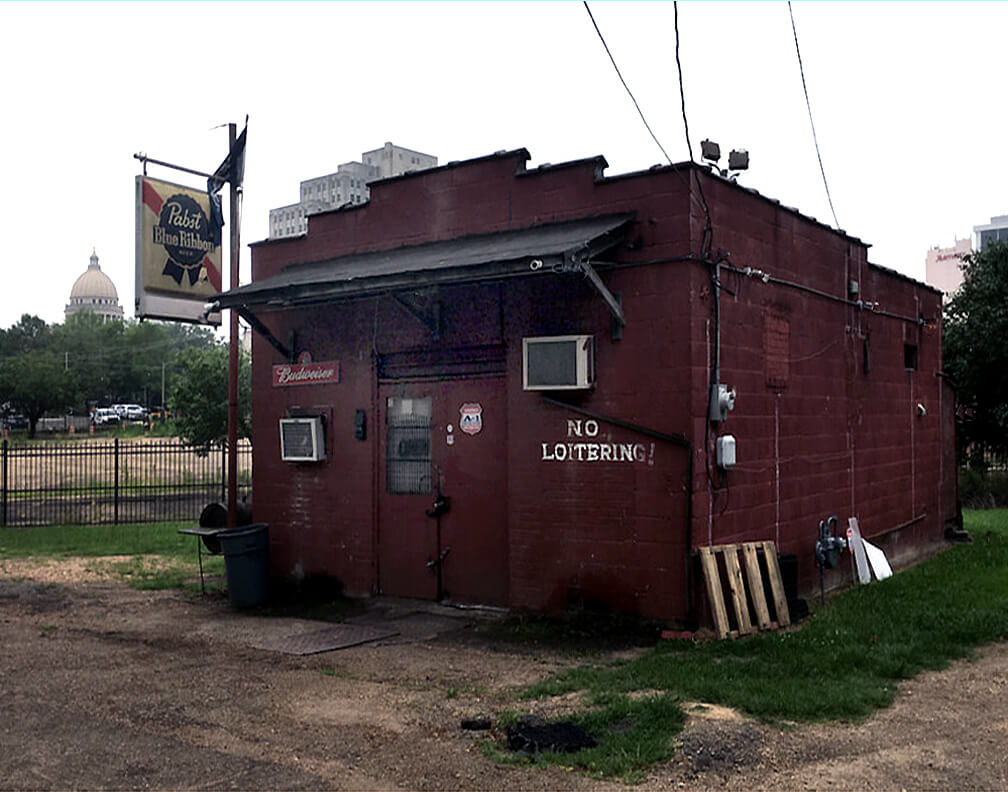Travis Milton, a native of Russell County, Virginia, high in the Alleghenys, became a chef on the East Coast. In 2010, at a New York restaurant, Milton was part of a group planning dishes that would “tell about who we are.” He wondered aloud about sourcing leather britches and greasy-backs, a type of beans common in mountain gardens.
The following afternoon, the head chef slapped a copy of Ernest Matthew Mickler’s White Trash Cooking onto Milton’s station. “He got in my face,” says Milton, “and started barking, ‘If this is what you wanna do in my kitchen then you can get the fuck out!’”
Having White Trash Cooking slammed in his face was a turning point. To overcome the stereotypes, Milton realized, he’d need to be able to tell the story of Appalachian food, but writing on the region’s cuisine was mostly focused on single mothers dressing up SPAM in a sugary sauce and other relatively recent ways that Appalachian cooks respond to the poverty that is, for most, coal’s legacy in Appalachia.
Then in 2016, Ronni Lundy published Victuals: An Appalachian Journey, with Recipes. Her work won the James Beard Foundation Book of the Year and Best Book, American Cooking awards. In Victuals, Lundy claims that European settlers adopted native Cherokee foods almost wholesale. Wild game, wild herbs and greens, nuts, and berries augmented produce from small gardens of beans, corn, and squash using the “Three Sisters” method.
Appalachians let animals range freely, keeping prized breeds adapted to the landscape. Settlers raised pigs on acorns, berries, and chestnuts, which produced the famous hams of Virginia, Kentucky and Tennessee. After the Civil War decimated the region, residents of isolated Appalachia embraced their gardening traditions, developing thousands of hybridized varieties of apples and pears, squash, tomatoes, collard greens, and other foodstuffs.
While Victuals established a benchmark, the font and source for Appalachian food writing is The Foxfire Book of Appalachian Cookery: Regional Memorabilia and Recipes. First published in 1984, Appalachian Cookery has little resemblance to any other publication involving Southern foods.
The Foxfire Project was the brain-child of Eliot Wigginton, a man from West Virginia who received an advanced education in the north and began teaching at a rural school in northeastern Georgia during the late 1960s. Called “foxfire” after a will-o’-the-wisp in mountain woods, his students collected folklore and customs in a series of oral histories that were first published in a 1972 anthology. Many more editions have followed as well as other volumes documenting Appalachian culture.
According to the text, some of the research and the photographic essays included in Appalachian Cookery were gathered for previous Foxfire books but were not selected for inclusion into an earlier volume. Appalachian Cookery stands out as the most complete and comprehensive record we have of the food, cooking and home life of southern Appalachia in early to mid-20th century. Most of the recipes are very simple; pound cake has four ingredients in equal measure. The book is also a primer on how to use homegrown or wild-gathered foods.
Appalachian Cookery opens a door to a world far away from arugula and alien to star anise, a world where cooking was simple but not coarse, having a balance and symmetry all its own, dictated by the lessons of long-ago voices set in concert with the rhythm of the seasons. For those of us from the upland South, these are our roots.
CRY-BABY COOKIES
Cream 1 cup plus 2 tablespoons shortening with an equal amount of sugar. Add one cup molasses and two beaten eggs. Sift together 4 ¾ cups plain flour with 1 tablespoon baking powder, 1 teaspoon salt and 1 ½ teaspoons soda. Then combine with 2 cups grated coconut, 2 cups chopped walnuts and 1 ½ cups raisins. Add dry ingredients alternately with 1 cup milk to creamed egg mixture. Drop by spoonfuls onto a greased baking sheet. Bake in a moderate (350) oven for 10 minutes. YIELD: approx. 7 dozen cookies.


